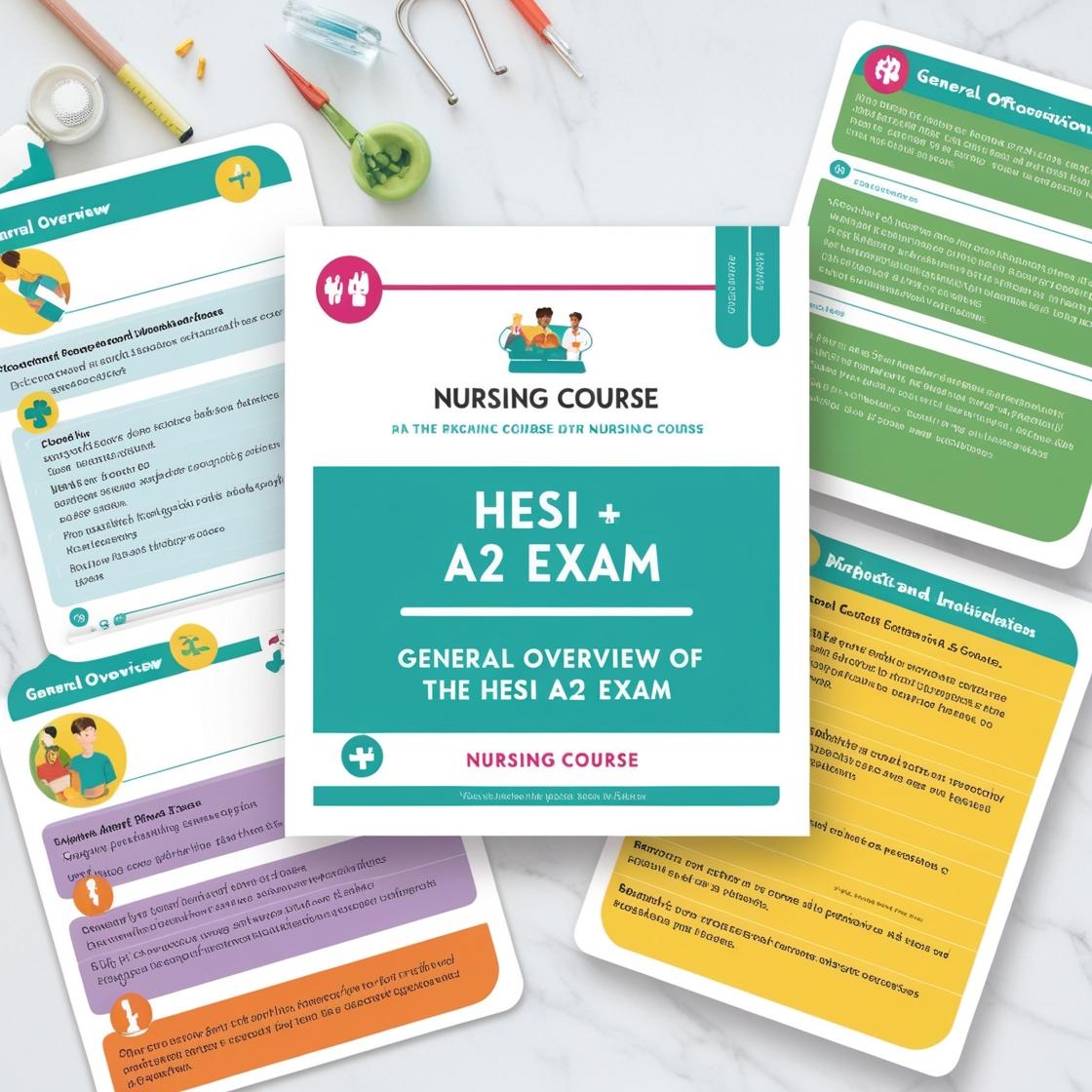HESI A2
HESI A2 Practice Vocabulary
1. What is another word for ADHERE?
- A. Remain intact
- B. Loosen
- C. Hold fast
- D. Position next to
Correct answer: C
Rationale: The correct answer is 'C: Hold fast.' ADHERE means to stay firmly attached or stick to something. 'Remain intact' (A) implies staying whole or undamaged, 'Loosen' (B) means to make less tight or firm, and 'Position next to' (D) refers to being placed adjacent to something, which do not accurately capture the meaning of ADHERE.
2. Another word for UNDER OBSERVATION is?
- A. Cognition
- B. Isolation
- C. Surveillance
- D. Assessment
Correct answer: C
Rationale: Another word for UNDER OBSERVATION is surveillance. Surveillance refers to the close observation of a person, group, or place, especially in a secret or discreet manner. It involves monitoring and watching over someone or something closely for a specific purpose. Therefore, the word 'surveillance' is the most suitable synonym for under observation in this context. Choice A, 'Cognition,' refers to the mental process of acquiring knowledge and understanding through thoughts, experience, and the senses; it is not synonymous with under observation. Choice B, 'Isolation,' means the process or fact of isolating or being isolated, which does not convey the idea of close monitoring. Choice D, 'Assessment,' involves evaluating or judging the nature, ability, or quality of something, which is different from the act of observing closely.
3. Select the sentence in which 'snake' is used as a verb.
- A. The snake is in the grass
- B. He had to snake his way through the crowd
- C. The snake slithered away
- D. The spy had to snake his way onto the train
Correct answer: D
Rationale: The sentence 'The spy had to snake his way onto the train' correctly uses 'snake' as a verb. In this context, 'snake' is used to describe the spy's action of moving cunningly and stealthily, similar to how a snake slithers, making it the appropriate choice where 'snake' functions as a verb. The other choices use 'snake' as a noun to refer to the reptile itself or its movement, not as a verb.
4. What does 'abrupt' mean?
- A. Gradual
- B. Sudden
- C. Delayed
- D. Relaxed
Correct answer: B
Rationale: The correct answer is B: 'Sudden.' Abrupt means something that occurs suddenly, without warning or preparation. It is the opposite of gradual, delayed, or relaxed, which imply a slower or more gentle pace of change or action.
5. Another word for ANTICIPATE is?
- A. Predict
- B. Evaluate
- C. Compare
- D. Forestall
Correct answer: A
Rationale: The correct answer is A: 'Predict.' Anticipate means to expect or foresee something happening in the future. 'Predict' is a synonym for anticipate as both involve forecasting or making an inference about a future event. 'Evaluate' means to assess or judge something, 'Compare' means to note similarities and differences, and 'Forestall' means to prevent or hinder something. These words do not have the same meaning as 'Anticipate.'
Similar Questions

Access More Features
HESI A2 Basic
$89/ 30 days
- 3,000 Questions with answers
- 30 days access @ $89
HESI A2 Premium
$129.99/ 90 days
- Actual HESI A 2 Questions
- 3,000 questions with answers
- 90 days access @ $129.99
